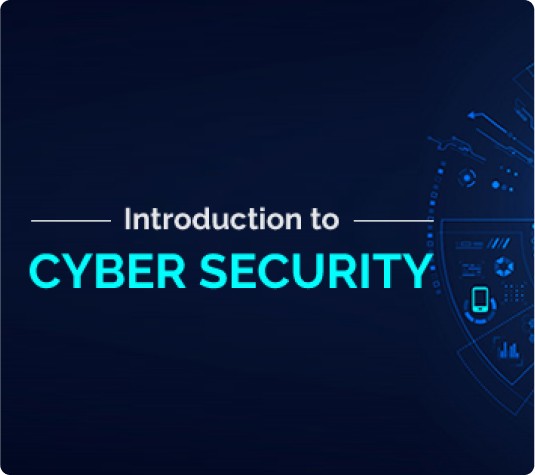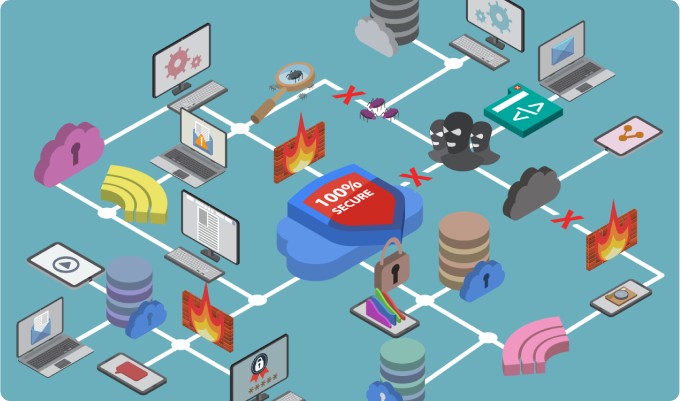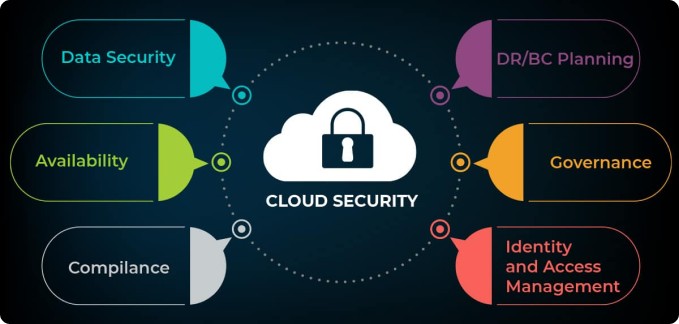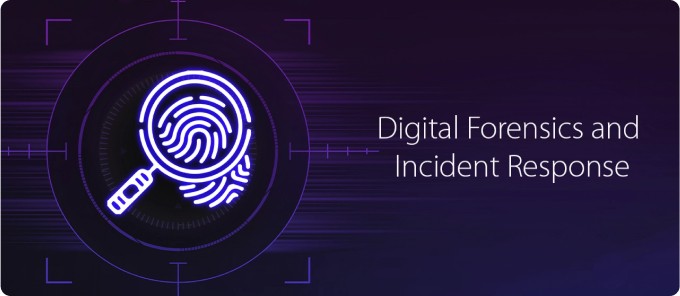Cyber Security Training
CYBER SECURITY
Training Summary
This comprehensive Cybersecurity training program is designed to equip participants with the knowledge and skills to protect digital assets and mitigate cyber threats. The course will cover a wide range of topics, including:
- Cybersecurity Fundamentals: Understanding the basics of cybersecurity, including threats, vulnerabilities, and risks.
- Network Security: Securing networks and protecting against network attacks.
- Application Security: Securing web applications and protecting against vulnerabilities.
- Cloud Security: Securing cloud-based systems and data.
- Incident Response and Disaster Recovery: Responding to security incidents and recovering from cyberattacks.
- Ethical Hacking and Penetration Testing: Identifying vulnerabilities and testing security controls.
- Digital Forensics: Investigating cybercrimes and collecting digital evidence.
- Cryptography: Understanding encryption techniques and secure communication protocols.
- Identify Cybersecurity Threats: Recognize common cyber threats and vulnerabilities.
- Implement Network Security Measures: Configure network security devices and implement best practices.
- Secure Web Applications: Protect web applications from attacks.
- Protect Cloud Environments: Secure cloud-based systems and data.
- Respond to Security Incidents: Respond effectively to security incidents.
- Recover from Cyberattacks: Implement disaster recovery plans to minimize downtime.
- Conduct Ethical Hacking and Penetration Testing: Identify vulnerabilities and test security controls.
- Investigate Cybercrimes: Collect and analyze digital evidence.
- Use Cryptography: Understand and apply cryptographic techniques.
- Stay Updated on Cybersecurity Trends: Keep up-to-date with the latest cybersecurity threats and best practices.
Training Objectives
Upon completion of this training, participants will be able to:
By achieving these objectives, participants will be well-prepared to protect their organization's digital assets and mitigate cyber risks.
The program will cover
By combining Agile Project Management and Scrum Master training, participants will gain a comprehensive understanding of Agile principles and practices, enabling them to lead and manage successful Agile projects.
Foundations of Computing
- Computer Architecture
- Security Features (Hardware-based Encryption, Security Boot, Dedicated Security Co-processors)
- Operating Systems (Windows, Linux, and MacOS)


Networking
- What is Network
- Types of Network (LAN, WAN, and MAN)
- Network Topologies (Bus, Star, Ring, Mesh, Tree)
- Network Fundamentals (Protocols, IP Addressing, Subnetting, OSI Model, TCP/IP Model)
- Networking Devices (Router, Switch, Hub, and Gateway)
Introduction to Cybersecurity
- What is Cybersecurity
- Importance of Cybersecurity
- What is Information
- What is the Relationship Between Information Security and Cybersecurity
- History and Evolution of Cybersecurity
- The Six Cybersecurity Domains
- Key Terms and Concepts in Cybersecurity
- Overview of Cyber Crimes, Threats, and Attack Vectors
- Economic and Societal Implications of Breaches


Offensive and Defensive Cybersecurity
- Cyberattackers - Types
- Levels of Cyber-Attackers
- Cyber Kill Chain - Information Gathering
- What is Reconnaissance?
- Types of Reconnaissance
- Red Team vs Blue Team
- System Testing, Vulnerability Assessment, and Penetration Testing
Cyber Threats and Attack Vectors
- Malware: Viruses, Worms, Trojans, Ransomware
- Phishing, Spear Phishing, and Whaling
- Denial of Service (DoS) and Distributed DoS (DDoS) Attacks
- Man-in-the-Middle Attacks, SQL Injection, and Cross-Site Scripting
- Advanced DataFrame Operations
- Slicing & Indexing using Pandas


Network Security
- Firewalls: Types and Operations
- Intrusion Detection Systems (IDS) and Intrusion Prevention Systems (IPS)
- Security and Information Event Management (SIEM)
- Virtual Private Networks (VPNs)
- Wireless Network Security
Endpoint Security
- Antivirus and Antimalware Solutions
- Endpoint Detection and Response (EDR, XDR)
- Patch Management and Software Updates
- Mobile Device Management (MDM)
- Hardening of Operating Systems


Web and Application Security
- Web Application Architectures
- OWASP Top 10 Vulnerabilities
- Secure Coding Practices
- Web Application Firewalls (WAFs)
Cloud Security
- Basics of Cloud Computing: SaaS, PaaS, IaaS
- Cloud Security Best Practices
- Cloud Security Threats and Challenges
- Cloud Service Provider Security: AWS, Azure, Google Cloud


Incident Response and Forensics
- Phases of Incident Response
- Digital Forensics Basics
- Evidence Collection and Preservation
- Forensic Analysis Tools and Techniques
Cyber Security Career and Certifications
- Different Roles in Cyber Security: Analyst, Penetration Tester, etc.
- Common Cyber Security Certifications: CISSP, CEH, CISM
- Building a Cyber Security Portfolio
- Networking and Community Involvement

